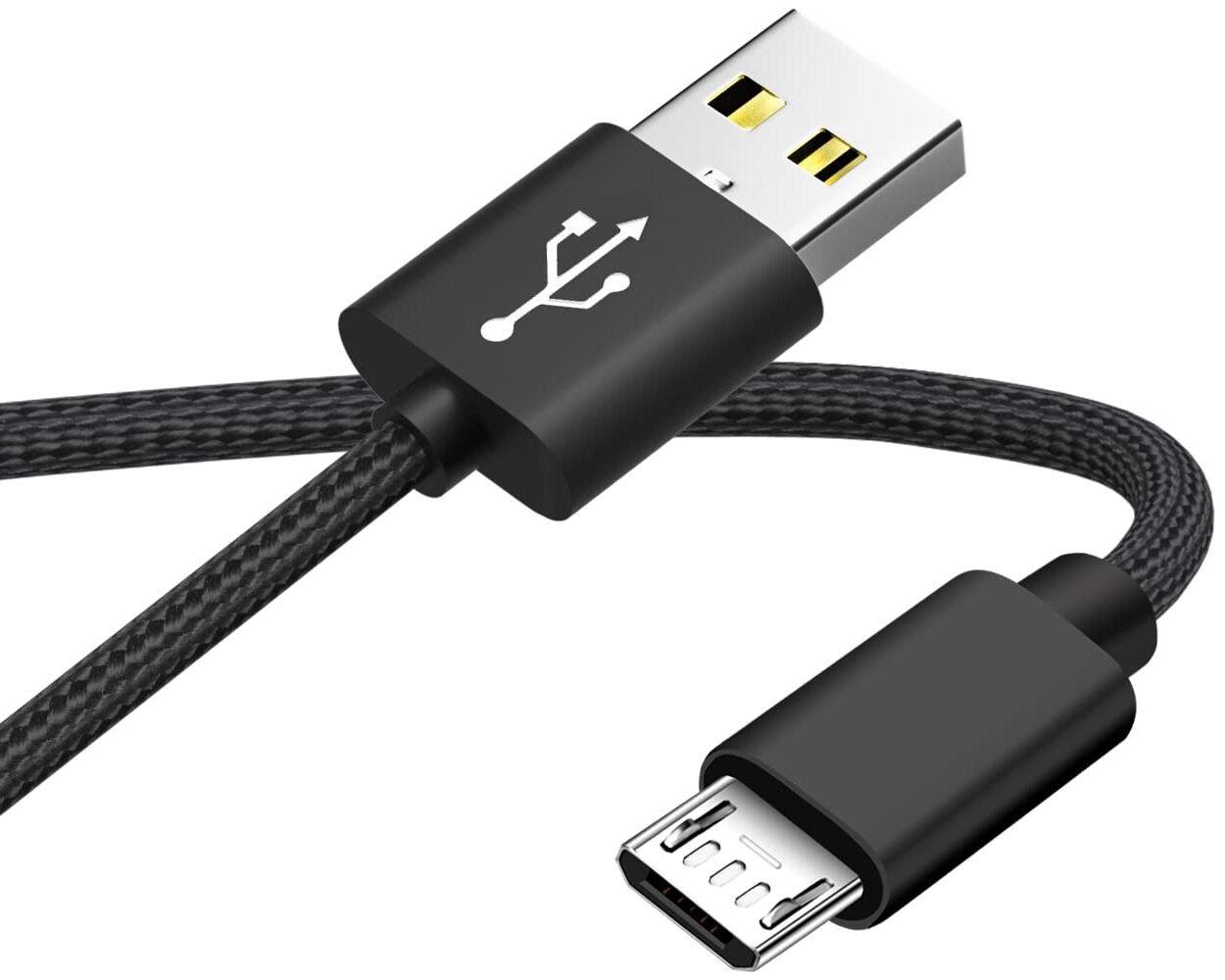
History of USB Type-B Chargers
Introduced as part of the original USB 1.1 specification in 1996, the USB Type-B connector was initially designed for connecting peripheral devices like printers, scanners, and external hard drives to computers. Its distinct square shape with beveled exterior corners on the top ends set it apart from the more common Type-A connector.
Evolution of USB Type-B
- Mini-USB: Smaller version used in older cameras, MP3 players, and game controllers.
- Micro-USB: Widely adopted for its compact size and versatility, used in many early Android devices.
Uses of USB Type-B Chargers
Peripheral Devices
Primarily, the USB Type-B charger connected peripheral devices to computers. This included printers, scanners, and external hard drives, providing a more robust connection than the Type-A port.
Older Devices
Many early Android devices used micro-USB ports for charging and data transfer. Although still found in some ultra-affordable smartphones and accessories like Bluetooth speakers and wireless earphones, micro-USB has largely been replaced by USB-C.
Specific Applications
- Printers and Scanners: Required a more robust connection, making the Type-B connector ideal due to its square shape and beveled corners.
- External Hard Drives: Used USB Type-B connectors for faster data transfer rates and more reliable connections.
- Older Cameras: Some older cameras used mini-USB connectors for charging and data transfer.
Why USB Type-B Chargers Are Less Common
Reversibility
USB-C's reversible design allows it to be plugged in either way, reducing the risk of damage to the port or cable.
Speed and Power
Supporting faster data transfer rates and higher power delivery, USB-C is more suitable for modern devices requiring quick charging and high-speed data transfer.
Versatility
Designed to be a multi-purpose connector, USB-C supports multiple protocols like USB, DisplayPort, and Power Delivery, making it a more attractive option for manufacturers.
Compact Design
The compact size of USB-C makes it ideal for smaller devices like smartphones and tablets, where space is a premium.
Reflecting on USB Type-B's Legacy
While the USB Type-B charger has largely been replaced by newer technologies like USB-C, it still holds a niche in certain applications. Its historical significance and practical uses provide valuable context for appreciating advancements in charging technology. Understanding the evolution of these technologies highlights the importance of innovation in design and functionality, ensuring devices remain functional, user-friendly, and efficient.
USB Type-B may no longer be the go-to choice for modern Android devices, but its legacy in the world of peripherals and older devices remains significant. As technology continues to advance, remembering the foundational components that have shaped the current charging landscape is essential.
